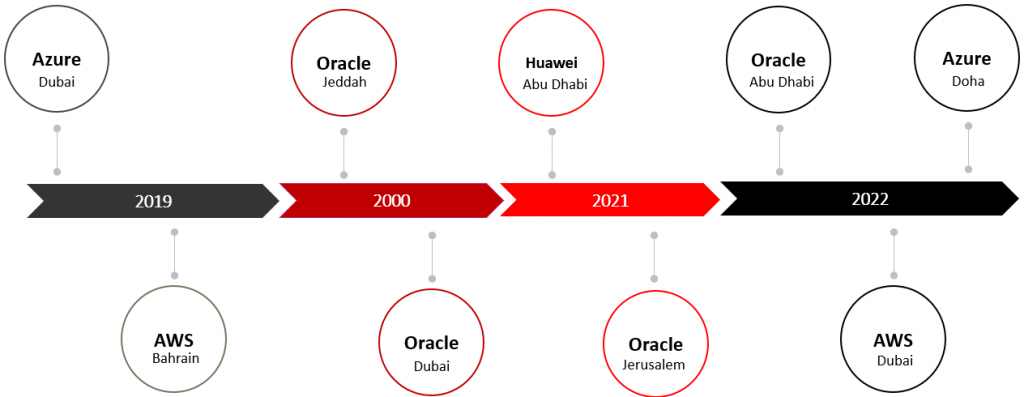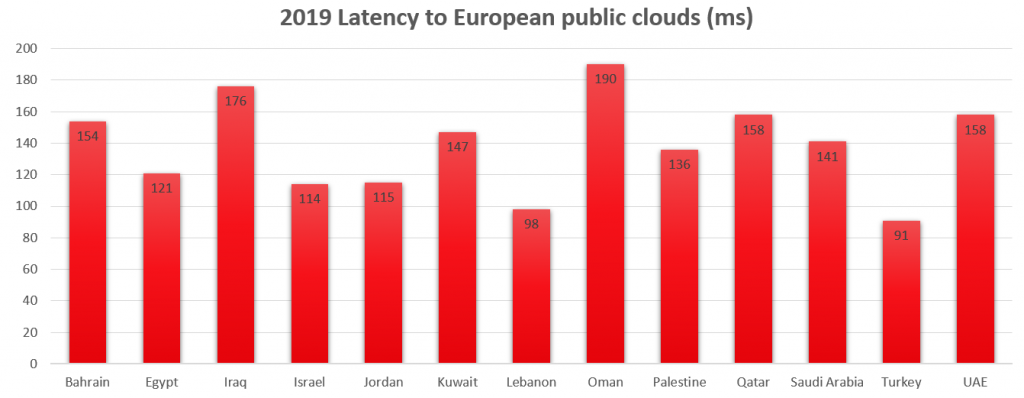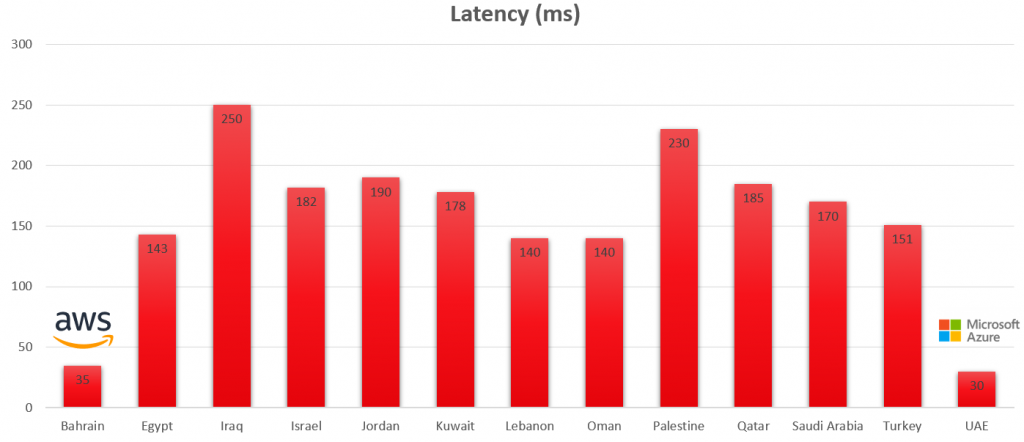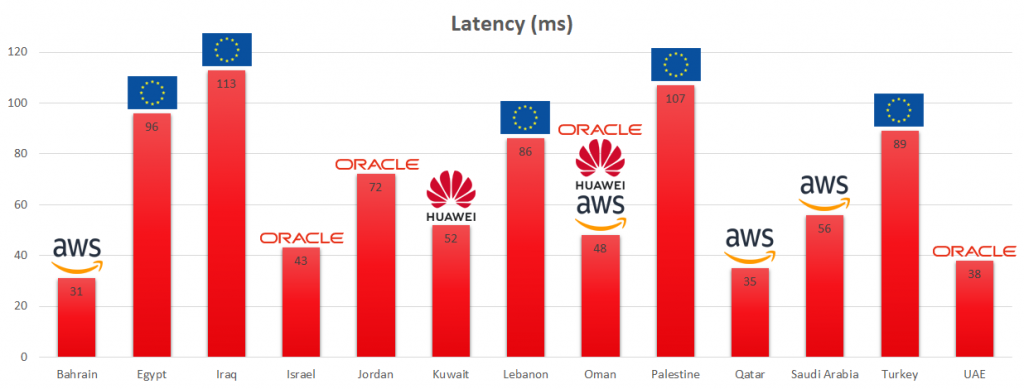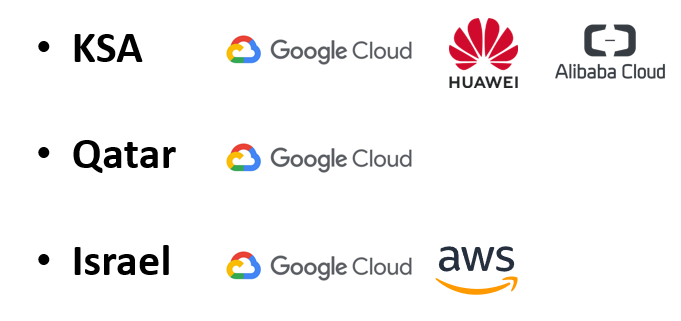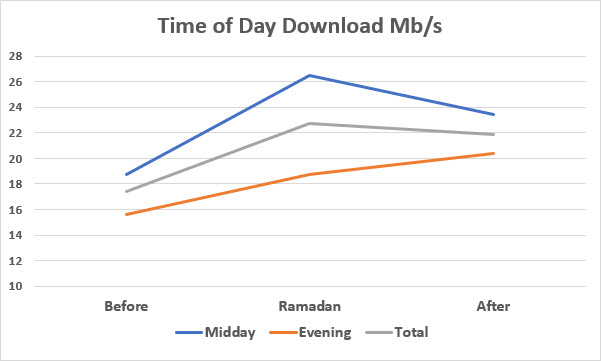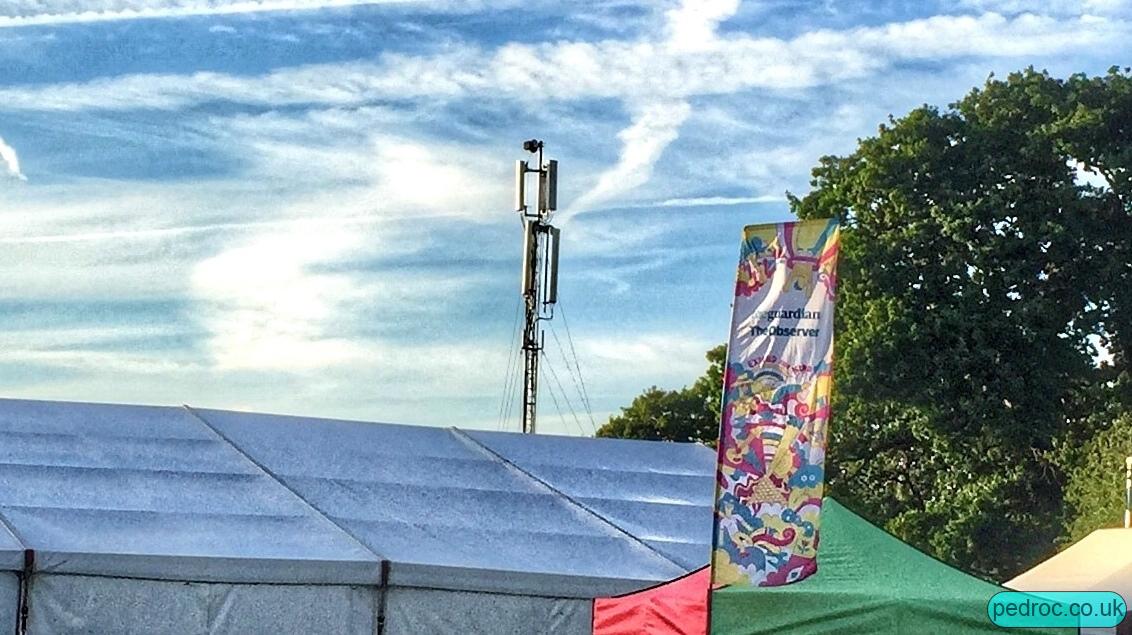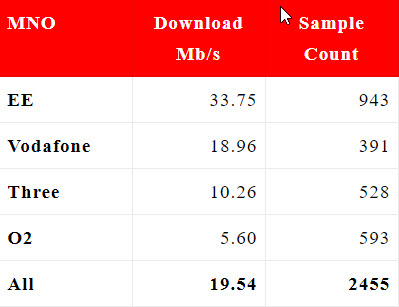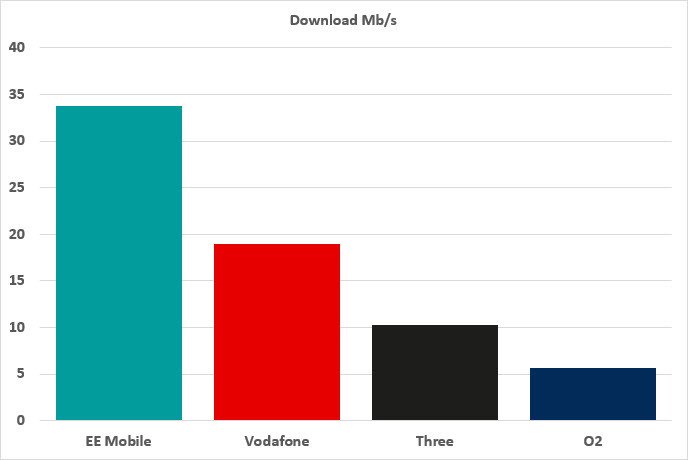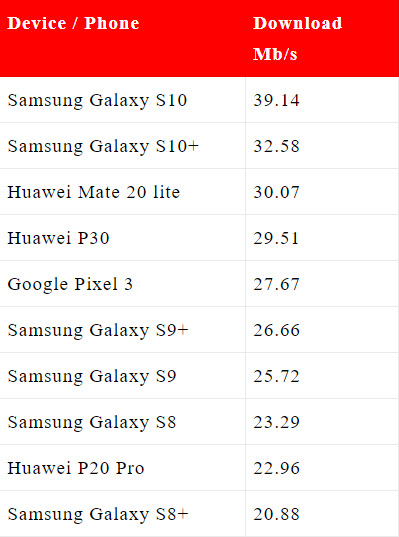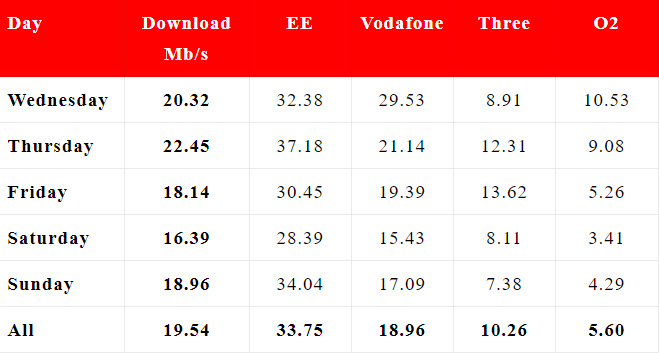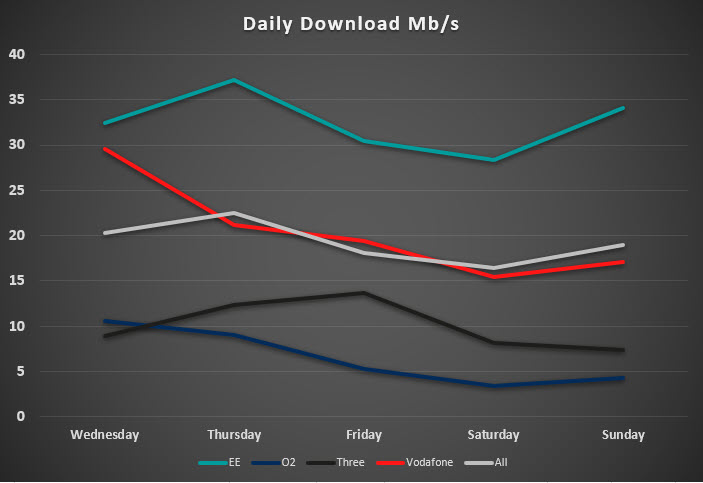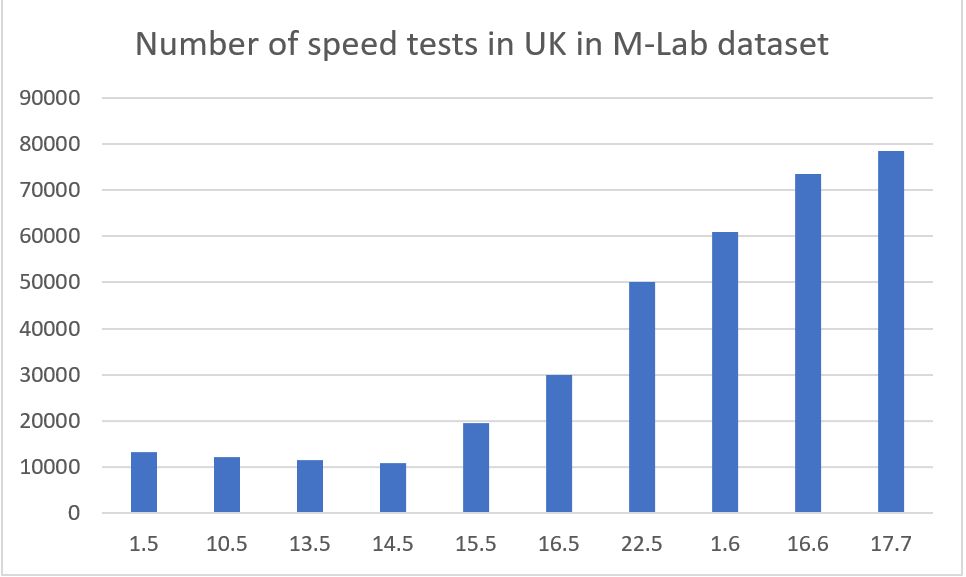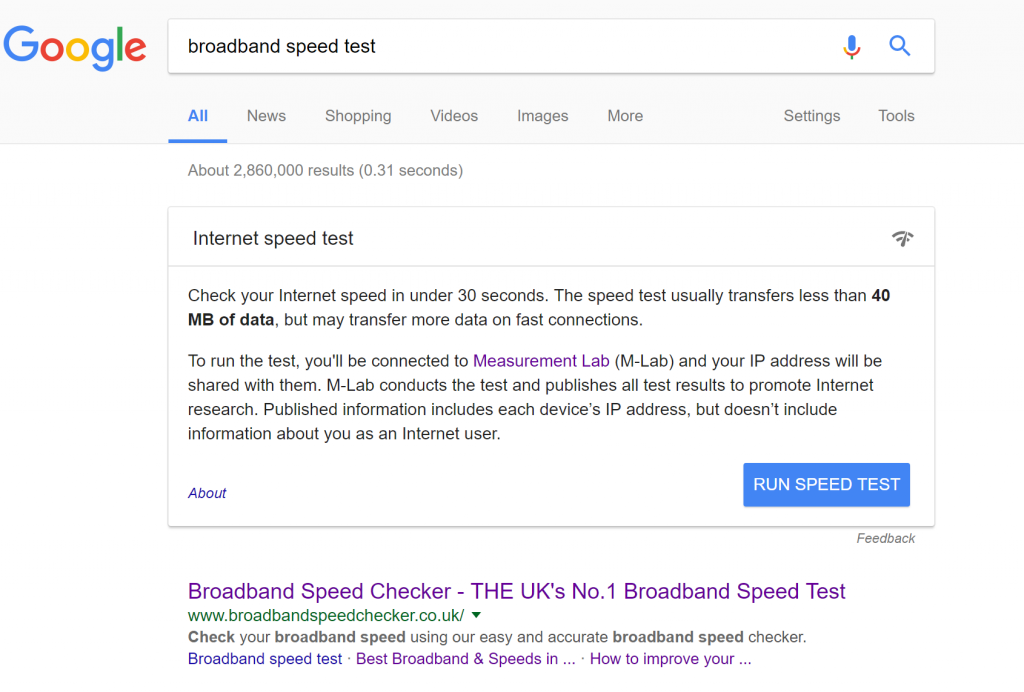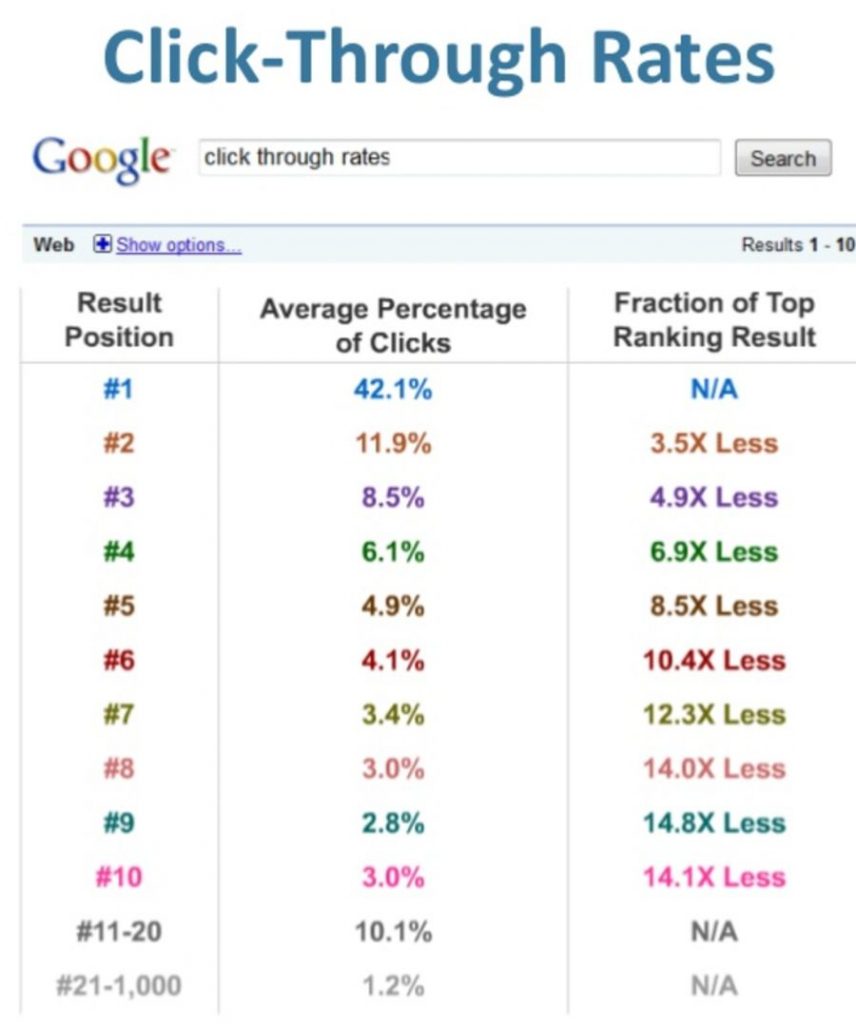Cloud expansion in the Middle East
- Forecasts for 2022 reveal that end-user cloud spe
 nding might reach $5.7B this year alone, by 2027 it should reach an estimated $9.8B
nding might reach $5.7B this year alone, by 2027 it should reach an estimated $9.8B - In the last four years, companies such as Amazon, Microsoft, Oracle and Huawei have launched 9 cloud regions
- Those new data centres enable low latency access to the hosted applications and content and help prevent data packet trips to Europe
Rapid cloud adoption by businesses and governments in the Middle East region is fuelling the expansion of new cloud regions. Forecasts for 2022 reveal that end-user cloud spending might reach $5.7B this year alone. In the last three years, companies such as Amazon, Microsoft, Oracle and others have launched multiple new data centres. Those new data centres enable low latency access to the hosted applications and content and help prevent data packet trips to Europe. This blog will uncover which cloud vendors are doing well in reducing the latency for the end users in this region and which still have the opportunities to improve their interconnection partnerships.
Cloud region launches
Since 2019 there have been 9 cloud region launches in the Middle East by AWS, Azure, Huawei and Oracle.
How SpeedChecker measures cloud latency
- We leverage our expertise and existing testing solution in crowdsourcing quality of service for measuring cloud
- End-to-end latency measurements from real users to the cloud
- Tens of thousands of devices in the Middle East contributed to the measurements in this study
- SpeedChecker deploys its measurement servers in each cloud region and instructs client test devices to test all cloud regions in sequence
The importance of local cloud regions
- The interconnections between various networks in the Middle East are not sufficient
- One cloud region cannot serve all countries in the region
- Prior to 2019 applications and data hosted in European cloud servers resulted in latencies of >100ms
- Latencies >100ms are unacceptable for many uses, especially for gaming
After UAE and Bahrain cloud regions launched (2019)
While UAE and Bahrain benefit from a substantial reduction in latency after the launch of cloud regions in 2019, other countries in the region see their latencies increase. Oman is the only exception.
The current situation (2022)
As more cloud regions were launched the latency for all countries has improved considerably with many countries enjoying latencies of less than half their previous values. Only Iraq and Palestine exceed 100ms.
The future – New cloud regions being built
Further improvements are expected as Google, Huawei and Alibaba launch in Saudi Arabia, Qatar and Israel.
